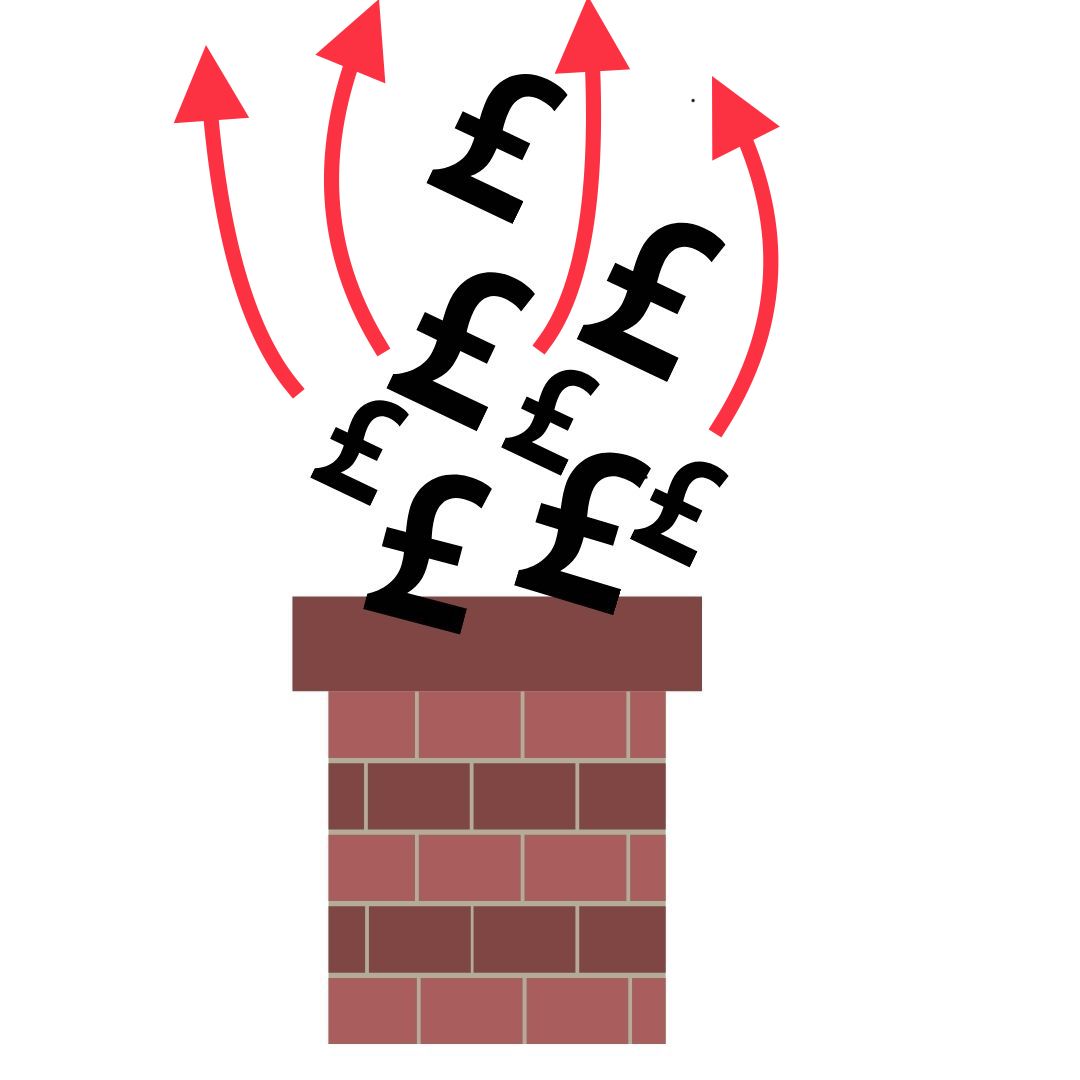
Chimney Caps or Cowls help to keep ‘outside things’ out as they act as a guard, protecting your chimney from rain, debris, birds and heat loss.
This is still the case when you are no longer using your chimney and it is often overlooked when you remove your fireplace. The chimney at the top is still open and exposed to these elements: Heat Loss Disused chimneys provide an unwanted escape route for costly heat loss from your home, Heated air in your living space tends to rise towards areas with colder temperature, and the top of the chimney is basically a hole in your house providing the ideal escape route for heated air. Ventilation Chimneys still need to breathe, even if they aren’t be used anymore. Ventilation needs to be provided to the chimney space to avoid moisture collecting on the soot and smoke deposits within the chimney and forming damp areas. Birds Nesting As many birds attempt to build a nest in a chimney, they jam large sticks in to create a base and building it up with twigs, leaves and debris. Over time if a chimney is not swept the number of materials in it can continue to rise. Dampness in the chimney When your chimney is left open, it allows moisture in from constant rain which can deposit several feet in depth annually down the chimney. When the cold frost hits it can breakdown the lining and the erosion of the fabric of the stack. The easiest way to cap a chimney is to fit an appropriate ventilating cowl to the top of the chimney pot. A good long term solution is the C Cap. It provides protection from the rain, debris, birds and helps to eliminate heat loss to your home. How, the gap around the cap allows ventilation of the chimney whilst helping to minimise heat loss. It’s strong and durable and is designed to fit any standard round chimney pot, providing protection from the elements and birds nesting. Available in two sizes it simply clamps inside the internal cheeks of the chimney pot with sprung loaded wire clamps. As with any capping, you should make sure that your chimney has been professionally swept prior to installation.